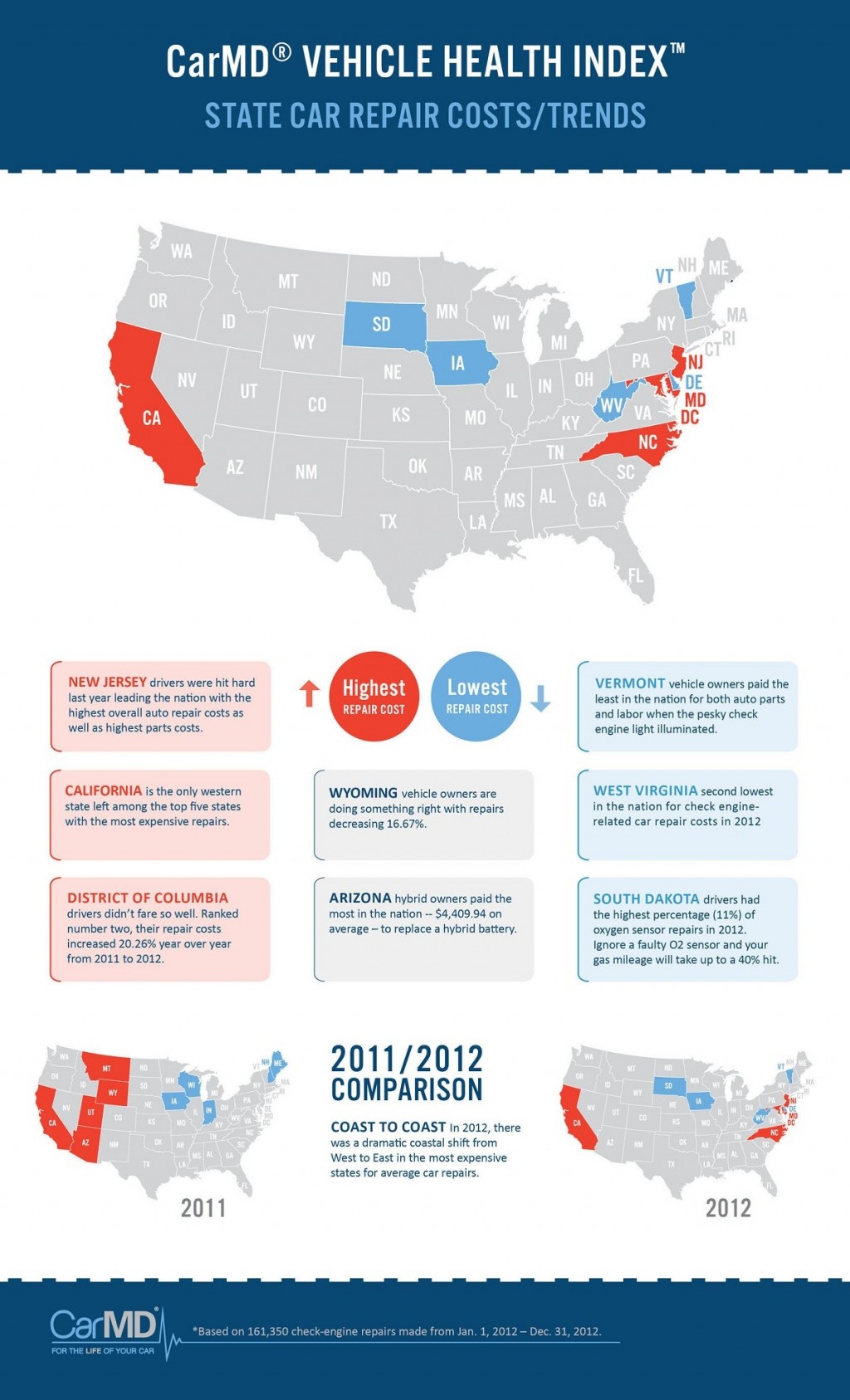Grasping The Significance Of Your Auto'S Warning Signals: What They In Fact Stand For
Grasping The Significance Of Your Auto'S Warning Signals: What They In Fact Stand For
Blog Article
Created By-Samuelsen Shepherd
When you're behind the wheel, those glowing warning lights on your control panel can be a little bit puzzling. Do you recognize what they're trying to inform you about your automobile's wellness? Recognizing the significance of these lights is vital for your security and the longevity of your car. So, the next time among those lights pops up, wouldn't you wish to analyze its message precisely and take the needed steps to resolve it?
Common Warning Lighting and Interpretations
Determine typical warning lights in your car and recognize their definitions to ensure risk-free driving.
The most typical caution lights consist of the check engine light, which indicates concerns with the engine or exhausts system. If this light comes on, it's crucial to have your vehicle inspected promptly.
The oil pressure alerting light shows low oil pressure, requiring immediate focus to stop engine damages.
https://brake-service-near-me39516.blogthisbiz.com/36168318/the-progression-of-auto-detailing-strategies-throughout-the-last-10-years blinking battery light may recommend a damaged billing system, possibly leaving you stranded otherwise resolved.
The tire stress monitoring system (TPMS) light notifies you to reduced tire stress, impacting vehicle stability and gas performance. Disregarding this can lead to unsafe driving problems.
The ABS light indicates a problem with the anti-lock stopping system, endangering your capacity to quit rapidly in emergencies.
Finally, the coolant temperature level warning light warns of engine getting too hot, which can result in serious damage otherwise fixed swiftly.
Understanding these usual caution lights will aid you deal with issues without delay and preserve safe driving problems.
Relevance of Prompt Focus
Understanding the typical caution lights in your cars and truck is just the very first step; the importance of immediately resolving these cautions can not be highlighted enough to ensure your safety and security on the road.
When https://motor-vehicle-chassis95062.bloggactif.com/30771115/the-sensational-remodeling-of-a-neglected-vehicle-showcases-the-amazing-influence-of-expert-detailing-approaches-prepare-to-be-surprised-by-the-results illuminates on your dashboard, it's your vehicle's way of connecting a potential concern that needs interest. Disregarding https://brakechangecost52627.anchor-blog.com/10230943/eager-to-dive-into-auto-outlining-products-find-out-which-devices-are-essential-and-gather-expert-understandings-to-enhance-your-describing-efficiency-as-a-beginner can cause a lot more severe problems later on, jeopardizing your safety and security and possibly costing you a lot more in repairs.
Motivate focus to cautioning lights can protect against break downs and mishaps. As an example, a flashing check engine light can indicate a misfire that, if left unattended, could create damages to the catalytic converter. Addressing this immediately can conserve you from a pricey repair service.
In a similar way, a brake system alerting light might indicate low brake fluid or used brake pads, crucial parts for your safety and security when driving.
Do It Yourself Troubleshooting Tips
If you see a caution light on your control panel, there are a couple of DIY troubleshooting pointers you can attempt prior to looking for expert aid.
The first step is to consult your car's handbook to recognize what the specific caution light indicates. Sometimes the issue can be as easy as a loosened gas cap causing the check engine light. Tightening up the gas cap may settle the issue.
just click the up coming post is a low battery, which can cause different advising lights. Inspecting the battery links for deterioration and ensuring they're protected may take care of the problem.
If a warning light persists, you can try resetting it by disconnecting the auto's battery for a few minutes and afterwards reconnecting it. Additionally, inspecting your automobile's liquid degrees, such as oil, coolant, and brake liquid, can help fix alerting lights related to these systems.
Conclusion
In conclusion, recognizing your car's caution lights is vital for maintaining your lorry running efficiently and safely. By without delay dealing with these informs and knowing what they indicate, you can stay clear of expensive repairs and prospective break downs.
Keep in mind to consult your vehicle's guidebook for specific details on each advising light and take action as necessary to ensure a hassle-free driving experience.
Remain educated, remain safe when traveling!
